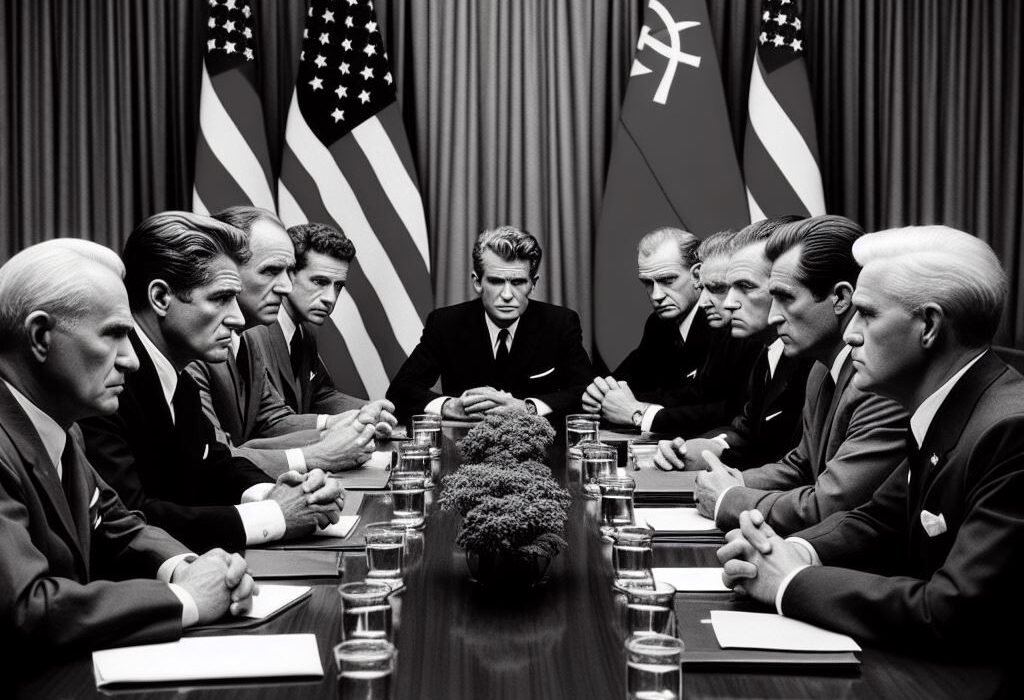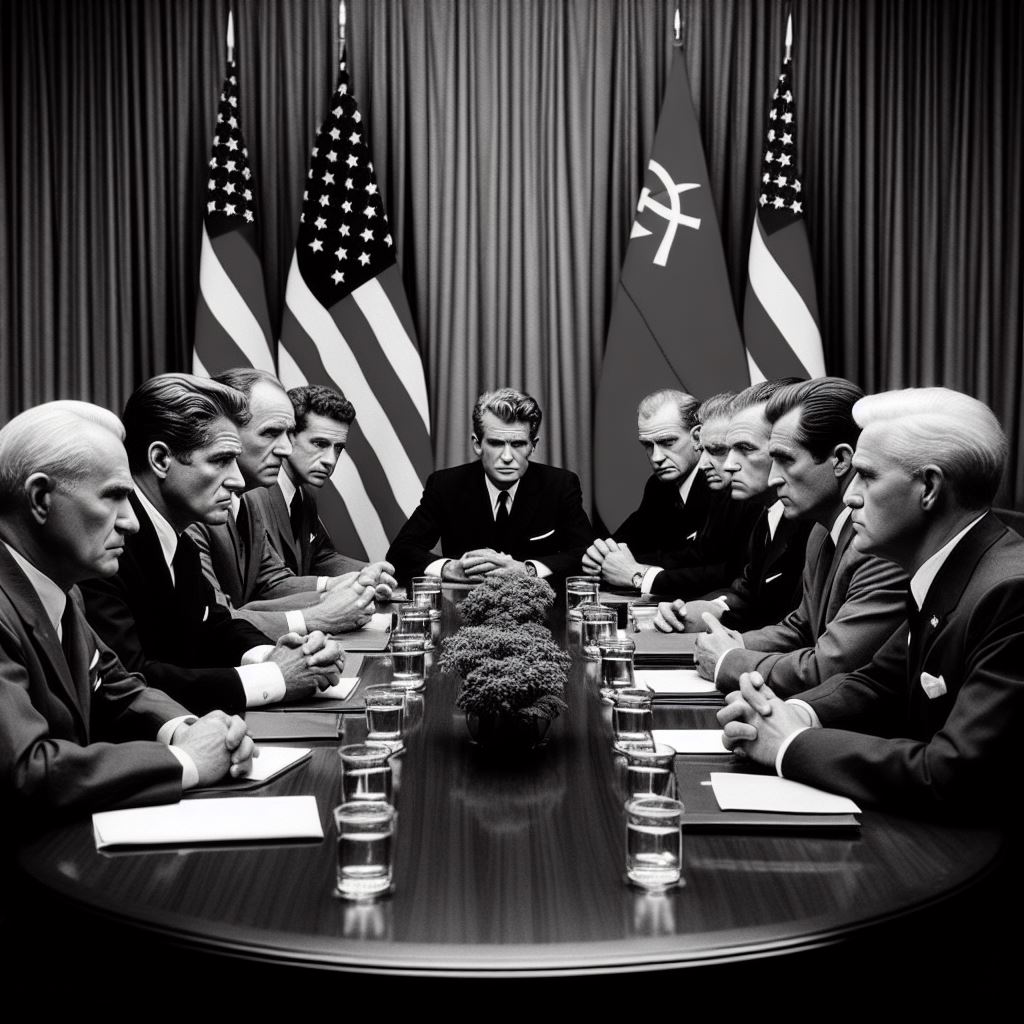The Cold War era, spanning from the aftermath of World War II to the early 1990s, was characterized by intense geopolitical rivalry, ideological conflict, and technological competition between the United States and the Soviet Union. This period marked a defining chapter in modern history, as the two superpowers vied for global influence while engaging in a complex web of espionage, military build-up, and strategic maneuvering. At the heart of the Cold War were ideological differences, economic systems, and geopolitical ambitions that shaped international relations and had far-reaching consequences for the world.
The origins of the Cold War can be traced back to the end of World War II, when the wartime alliance between the United States, the Soviet Union, and other Allied powers began to unravel. The ideological divide between capitalism and communism, coupled with conflicting strategic interests, laid the groundwork for a prolonged period of tension and rivalry. The United States, with its capitalist democracy and emphasis on individual freedoms and free markets, emerged as the leader of the Western bloc, while the Soviet Union, under communist ideology and centralized control, led the Eastern bloc.
Espionage played a crucial role during the Cold War, as both superpowers engaged in covert intelligence operations to gather information, undermine each other’s activities, and protect their national interests. The Central Intelligence Agency (CIA) in the United States and the KGB (later known as the FSB) in the Soviet Union were key players in espionage efforts, employing spies, surveillance, and clandestine operations around the world. The espionage activities of the Cold War era were dramatized in popular culture, with spy novels, films, and television series depicting the shadowy world of intelligence gathering and espionage.
One of the most iconic symbols of the Cold War was the arms race, in which the United States and the Soviet Union engaged in a competition to develop and stockpile nuclear weapons and other advanced military technologies. The development of nuclear weapons, beginning with the atomic bombings of Hiroshima and Nagasaki in 1945, ushered in a new era of warfare and strategic deterrence. The doctrine of mutually assured destruction (MAD) emerged, positing that the possession of nuclear arsenals by both superpowers would prevent direct military confrontation due to the catastrophic consequences of a nuclear war.
The arms race extended beyond nuclear weapons to include the development of intercontinental ballistic missiles (ICBMs), strategic bombers, anti-ballistic missile systems, and other military capabilities. This technological competition fueled massive investments in defense spending, research, and development, leading to innovations in aerospace, missile technology, and computer science. The space race, a subset of the broader arms race, became a symbol of technological prowess and ideological superiority as the United States and the Soviet Union competed to achieve milestones in space exploration.
The space race was fueled by political, scientific, and military motivations, as both superpowers sought to demonstrate their technological capabilities and assert dominance in space. The launch of the Soviet satellite Sputnik 1 in 1957 marked the beginning of the space age and caught the world’s attention, signaling Soviet prowess in rocketry and space technology. The United States responded with its own space program, culminating in the establishment of the National Aeronautics and Space Administration (NASA) and the iconic Apollo moon landing in 1969, a symbolic achievement of American ingenuity and determination.
Space exploration during the Cold War era encompassed a series of landmark achievements, including the first human spaceflight by Soviet cosmonaut Yuri Gagarin in 1961, the establishment of space stations such as Mir and Skylab, and the development of space probes, satellites, and scientific instruments for planetary exploration. The space race spurred advancements in rocketry, materials science, telecommunications, and remote sensing, with applications ranging from weather forecasting and communications to national security and scientific research.
The Cold War era was also characterized by proxy wars, regional conflicts, and geopolitical struggles in various parts of the world. The Korean War, the Vietnam War, the Cuban Missile Crisis, and conflicts in the Middle East, Africa, and Latin America were all manifestations of the broader Cold War rivalry, with the United States and the Soviet Union backing opposing factions and ideologies.
Despite the intense competition and occasional crises, the Cold War era also witnessed periods of detente and diplomatic engagement between the superpowers. Strategic arms limitation talks (SALT), arms control treaties, and efforts to reduce tensions through dialogue and diplomacy were important features of Cold War diplomacy, highlighting the recognition of the dangers of nuclear escalation and the need for cooperative measures to prevent conflict.
The end of the Cold War in the late 1980s and early 1990s marked a dramatic shift in international relations, as the Soviet Union dissolved, and the ideological confrontation between East and West gave way to a new era of globalization and multipolar geopolitics. The legacy of the Cold War continues to resonate in contemporary geopolitics, with ongoing debates about nuclear proliferation, arms control, cybersecurity, and great power competition shaping global affairs.










